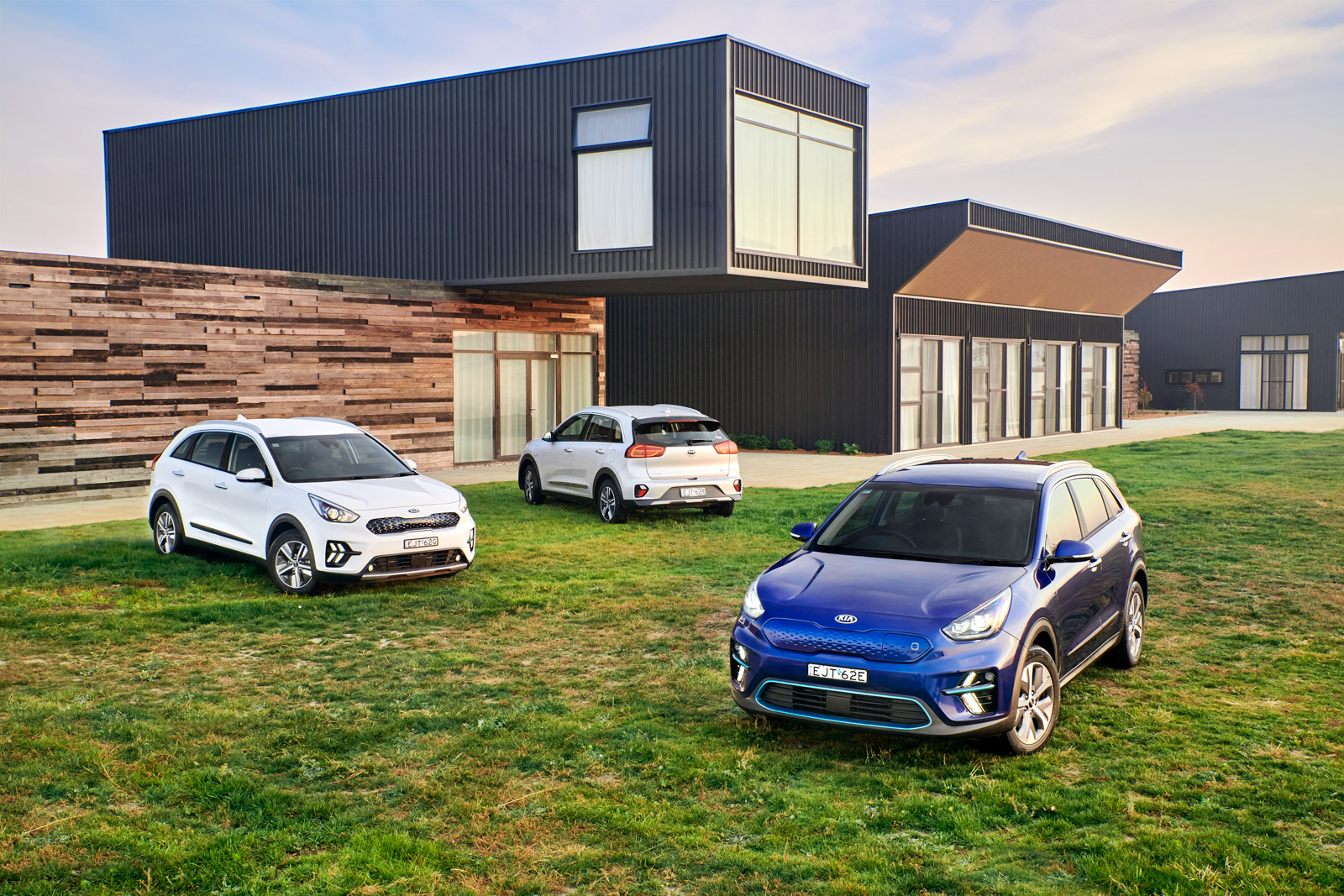
The new Kia Niro crossover comes in hybrid, plug-in and full electric guises.
Like its Hyundai Ioniq sister model, the Kia Niro offers three levels of electrification, and arguably it gets better with the more electric input there is. The standard hybrid can’t match the better-developed Toyota Prius for smoothness or efficiency, but the plug-in version has a decent all-electric range, while the e-Niro is an EV class leader for how far it can go on a single charge.
The other draw of the Niro is its SUV-style body. That means it’s pretty practical, if not all that pretty, while the hybrid/electric drive system doesn’t compromise interior space in any way, either. If only the Niro was a bit more special to drive.
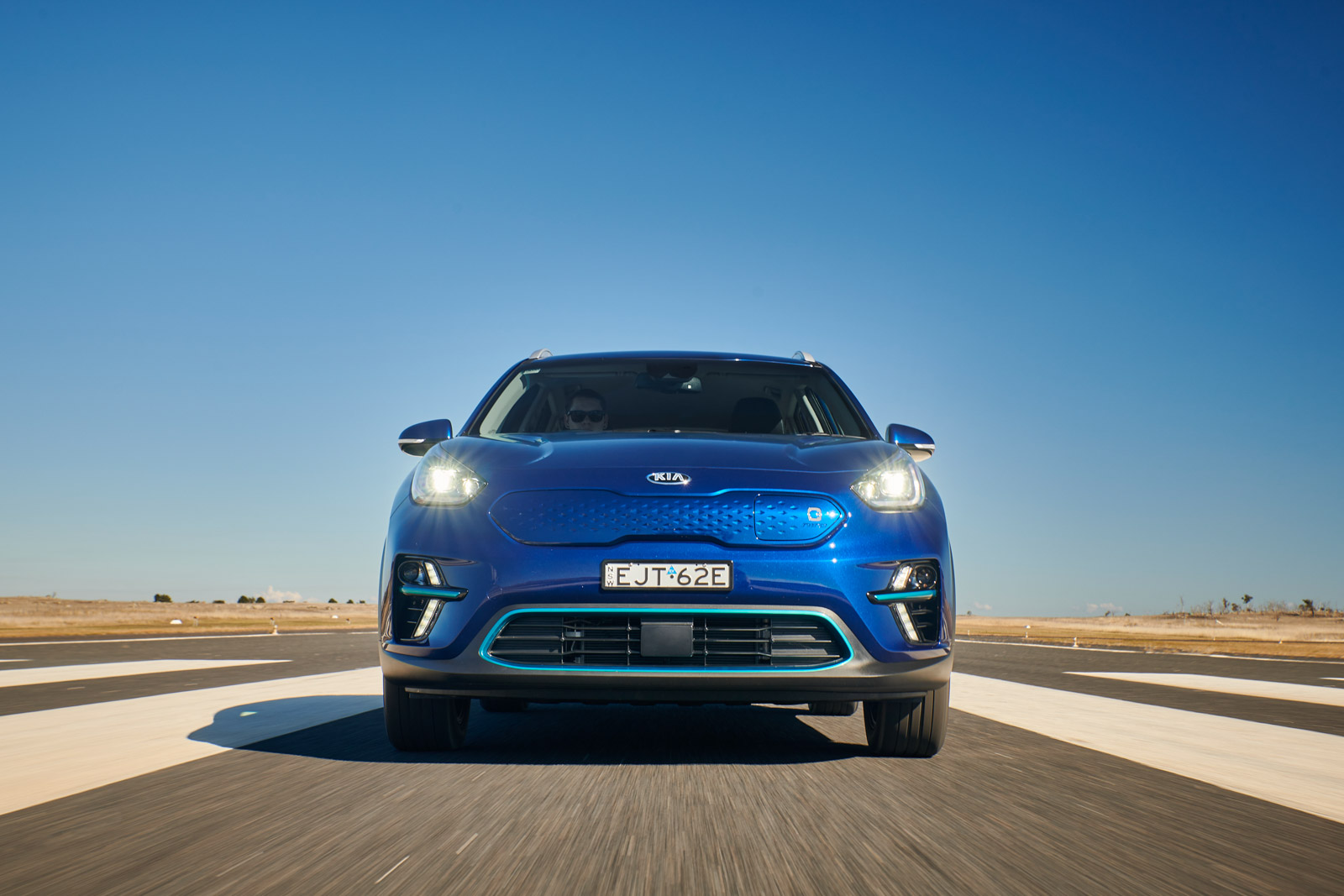
One aspect of the Niro that is likely to appeal to buyers is its SUV style body. It’s more upright and conventional than cars like the Prius, and this alone could sway buyers into the Kia if they’re not fans of the Toyota’s futuristic shape. In an effort to distinguish the electric e-Niro from the hybrid versions, this model gets a smooth body-coloured nose incorporating a charging socket, replacing the grille seen on the hybrids, but is otherwise identical to its hybrid siblings.
The ‘S’ trim brings an 8.0-inch infotainment system with Apple CarPlay/Android Auto, six-speaker audio, fabric trim seats, powered driver’s seat with lumbar support, 16-inch alloys, keyless entry, climate control, parking sensors (rear) with a reversing camera. Standard safety systems help to achieve a full-five star ANCAP rating, including seven airbags, AEB with pedestrian and cyclist detection, lane departure warning with keeping assist, adaptive cruise control and lane follow assist.
Upgrading to the ‘Sport’ trim – a $3900 premium – adds a bigger 10.25-inch touch-screen with satellite navigation, 18-inch alloys, nicer upholstery, LED headlights with automatic highbeam, blind-spot detection and rear cross-traffic alert, steel pedals, and an electro-chromatic rear-view mirror.
2021 Kia Niro Pricing:
| Model | Price |
| Hybrid S | $39,990 |
| Hybrid Sport | $43,890 |
| PHEV S | $46,590 |
| PHEV Sport | $50,490 |
| EV S | $62,590 |
| EV Sport | $65,990 |
| Premium paint | $520 |
The overall feel inside is certainly that of Kia’s standardised design, with a familiar gearshift, dash and steering wheel. It’s all a good thing given it’s a practical and easy to live in cabin. Integration of the display is nicely done too, and the instrument cluster for the PHEV includes a small digital display and unique tachometer that’s eco-focused.
For the driver, the steering wheel is leather-wrapped and the eight-way electric seat with lumbar support has a firm but comfortable feel underneath. The Sport also receives a nicer leather upholstery with perforation and alloy pedals over the rubber items. Dual-zone digital climate control is also offered in Sport spec only.
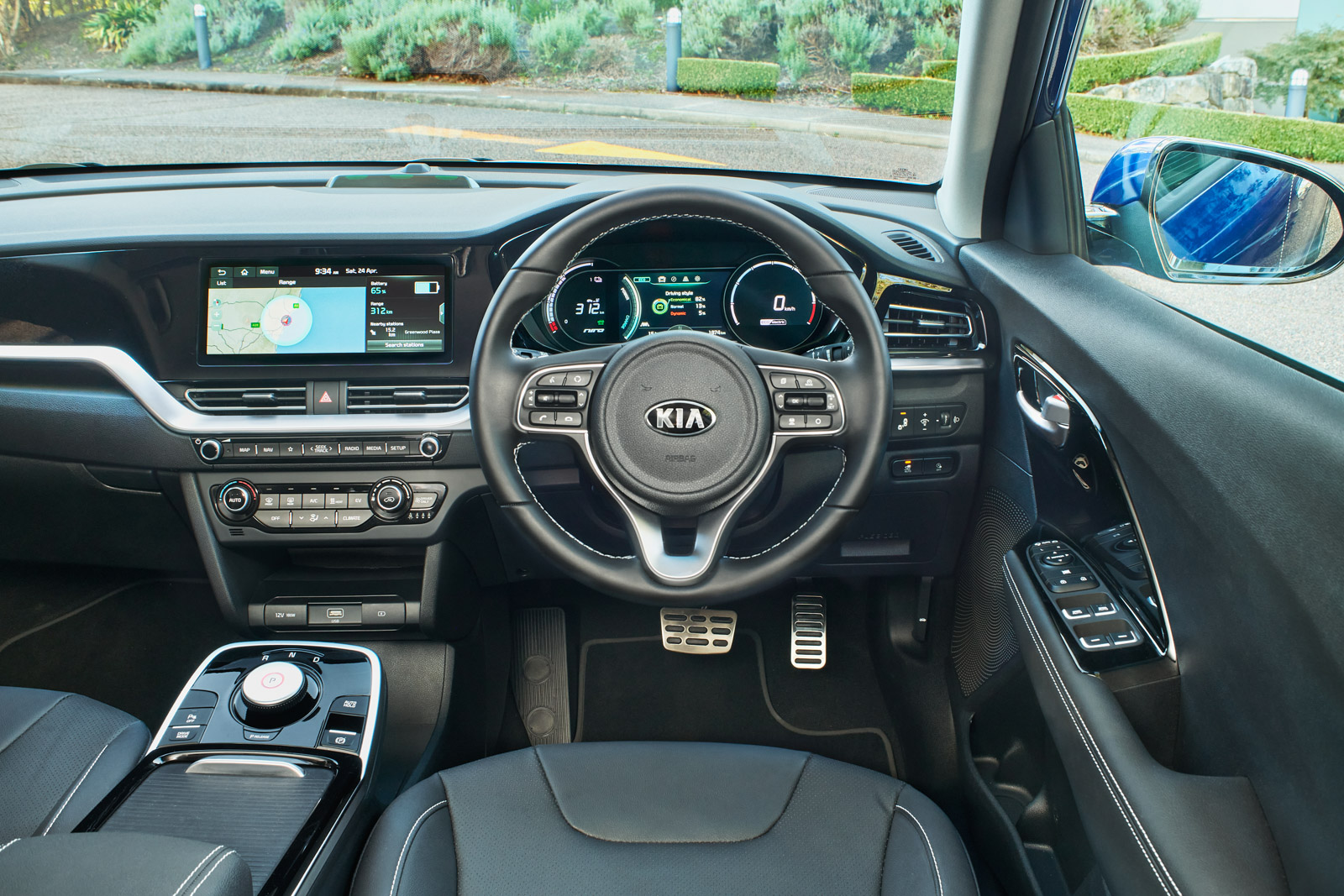
In the second row the foot space is relatively large thanks to the generous 2700mm wheelbase and the width for two adults in the back is fine. There are also isoFIX anchor points and enough space for a rear-facing baby seat to fit snuggly. Headroom is fairly high too, so tall passengers won’t mind but due to the PHEV’s larger battery (over the hybrid) being located under the boot, the boot is a smaller 324L.
The Kia Niro hybrid and plug-in hybrid were awarded a Euro-NCAP five-star rating in 2016, which equates to a local five-star ANCAP that is current. However, the electric version is untested, though it rides on similar underpinnings but with a heavy battery underneath.
Regardless, all Kia Niro models come with seven airbags, AEB with pedestrian and cyclist detection, lane departure warning with keeping assist, adaptive cruise control and lane follow assist. The Sport models add blind-spot monitoring and rear cross-traffic, with LED headlights that have auto highbeams.
The main difference between S and Sport inside for many will be the size of the infotainment screen, which measures 8.0-inches in S and 10.25-inches in the flagship. It’s a move you see in other Kia models and like with say the Sorento, the bigger screen is better. That doesn’t mean the 8.0-inch isn’t good, as its Apple CarPlay, Android Auto and size is all enough for most, but the larger screen looks nicer and comes pre-loaded with sat-nav.
That said, you still get sat-nav via a connected Apple or Android phone, which is wired through the USB port underneath.
While the Niro EV does away with any sort of combustion power, the Niro PHEV and Hybrid use the same 1.6-litre GDI petrol engine (the Kappa motor), producing 77kW and 147Nm on its own. Power is sent to the front wheel exclusively via a dual-clutch six-speed automatic transmission where a small electric motor producing an additional 44.5kW and 170Nm augments total output to 104kW and 265Nm.
Energy is fed to the electric motor from an 8.9kWh 360volt lithium-ion battery, which is much larger than the normal hybrid’s battery.
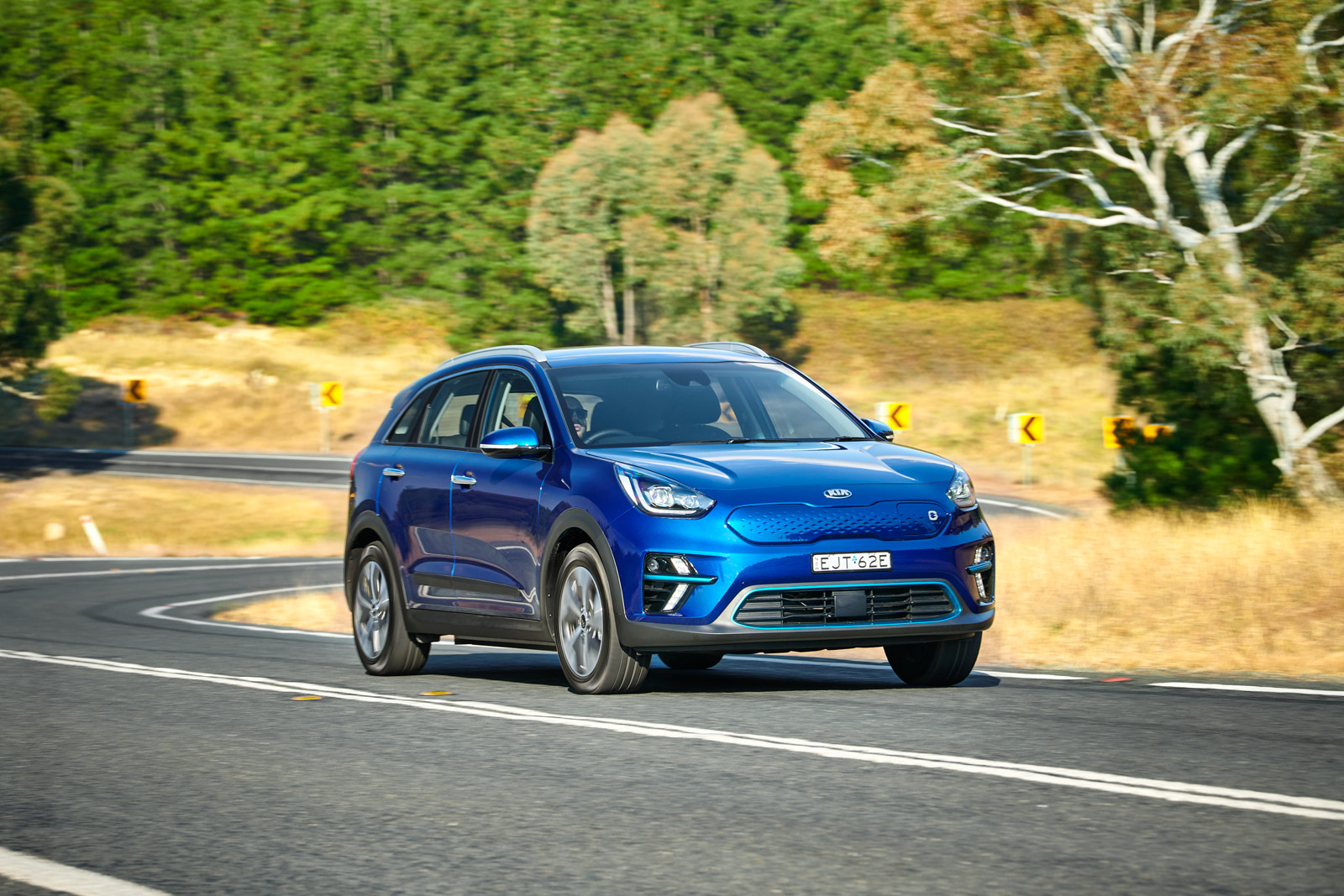
The total electric-only driving range quoted from Kia is 58km, which is a little above par for a modern-day PHEV. In reality, you should easily cover the average commute if charging at home, and a longer commute if your office or site has a plug to use.
The plug can be an ordinary 240volt 10amp house outlet at around 2kWh which will take around five to six hours to charge up. A more powerful 15amp socket will get the job done in under three hours easily. The included Type 2 charging socket, which connects to the kinds of fast chargers you find at shopping centres and along the highway, will also work, but the cars inverter caps charging at the same 3.3kWh rate as a 15amp socket.
The fuel use of the hybrid electric drivetrain is a claimed fuel consumption figure of 1.3L/100km on the government combined cycle. You’ll safely do that around the ‘burbs with a charged battery (or even much better), but on the highway, it will creep up to around 4L/100km as the battery runs out (though it does still work as a hybrid, even without a full charge).
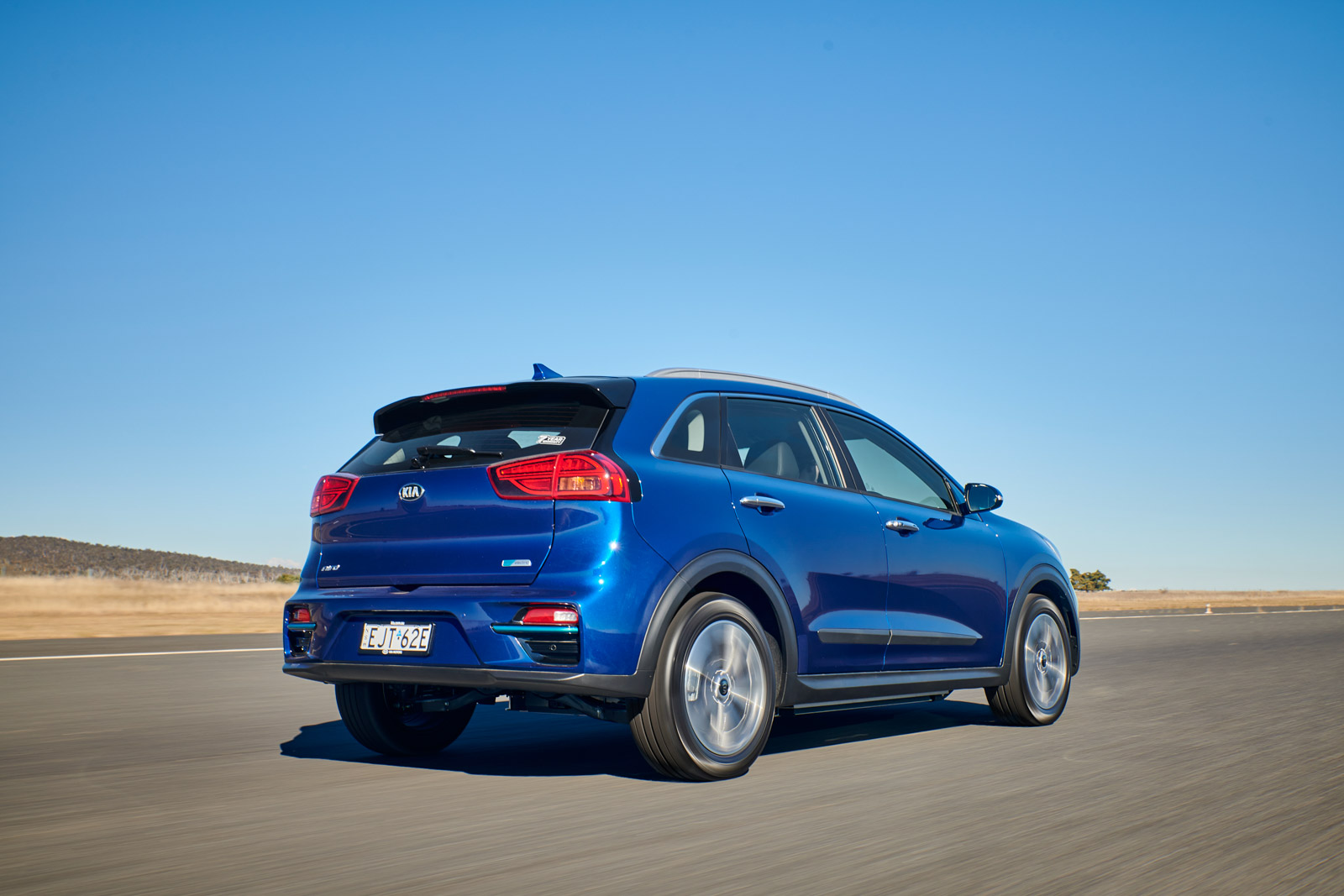
However, stick with the standard Niro hybrid and you’ll find it harder to stick in EV mode. You don’t have to press the pedal particularly hard for the 1.6-litre four-cylinder petrol engine to burst into life to assist the electric motor. The internal combustion engine is more intrusive when compared to a Toyota Prius’s, particularly at high revs, when it takes on a coarse note and sends vibrations through the car.
Expect an easy ride and nice compliance around town due to a balanced suspension tune and light steering feel. The Niro does not actually get the usual local Australian tuning most Kia models benefit from, but the front strut and multi-link rear are setup well from the factory in Korea and it blends well with the usual Australian urban landscape. Move further out and the experience is similar, with a nice rolling waft on the highway and good suppression of noise from the quality Michelin rubber tyres.
On rougher roads like gravel and over corrugations there’s a touch more jostle but hardly worth grimacing about unless that is your usual route.
At the absolute, the Niro holds up well on some quicker corners though a heavy 1564kg footprint thanks to that large battery over the hybrid and the fact that this is a green car, not a fast green machine, means it’s never going to be peddled all that quickly.
But the drivetrain remains efficient and willing, with some unique character from the electric motor/combustion engine setup, one which is easy to live with and uses a mix of electric-only or both petrol and electric depending on acceleration input. You can also override this with eco and electric driving modes, plus a sport setting.
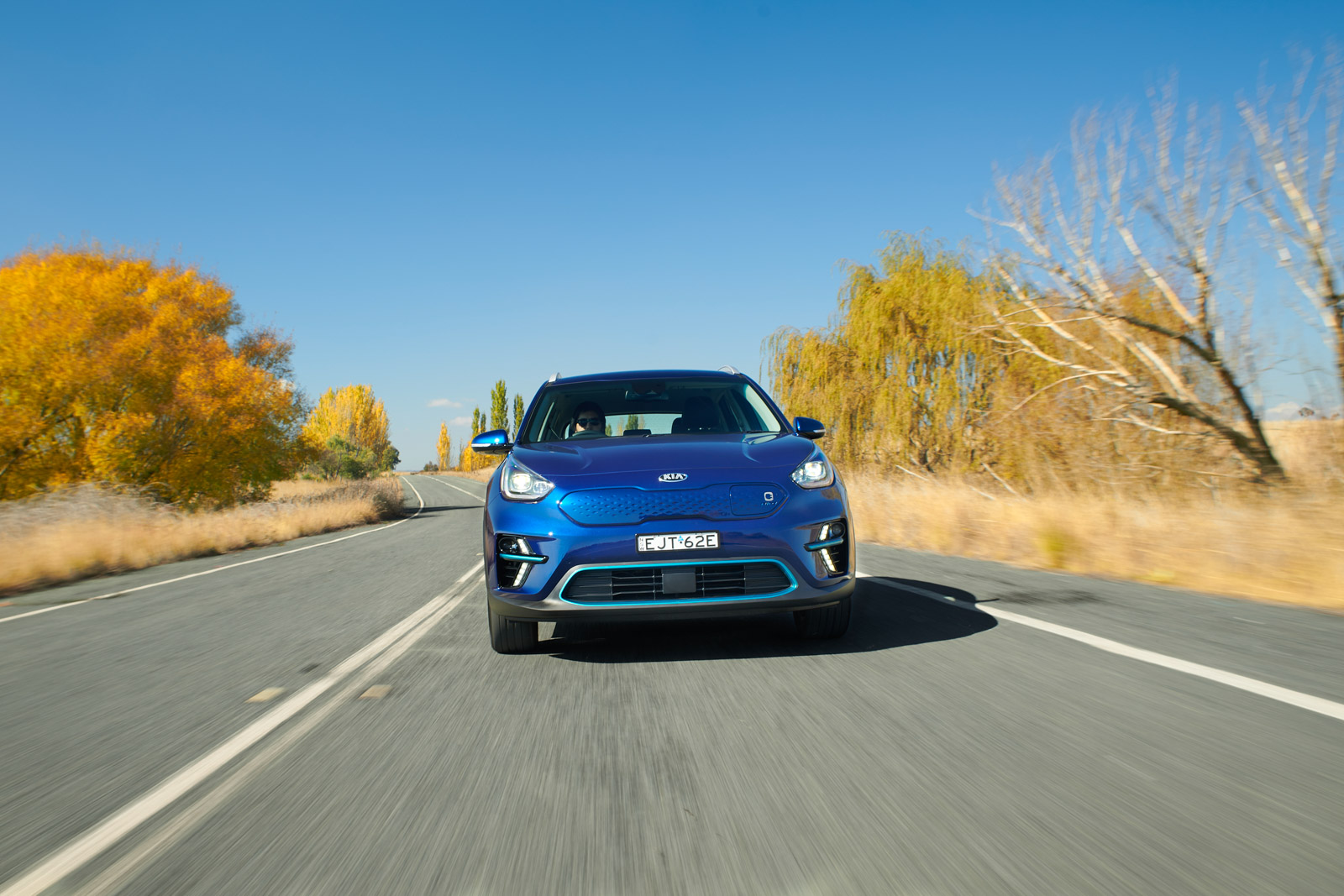
As an urban SUV, it hits the brief and disguises a fair chunk of that battery weight too. If you’re coming from a petrol-only car to this, you won’t be out of depth either.
Better late than never, the Niro might be a few years long in the tooth but it’s on about the same timeline as most rivals and it offers something quite unique in being the only SUV with three eco-friendly drivetrains.
We like this PHEV and the added benefit of a long driving range over the normal hybrid is worthwhile, if you can cough up the extra $7000. And to that point, charging at work and for free at some facilities will quickly drop your fuel bill and overall cost average. Charging at home can also be done off-peak (and should!), or even better, you might have solar panels.
About the only thing lacking is a quicker recharge time than the 3.3kWh, but for the ultimate electric charging and driving experience, you would simply go for the Niro EV.



